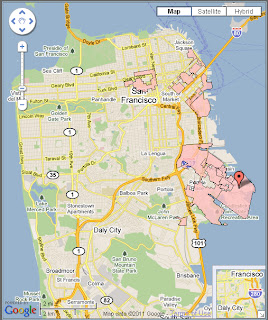 |
| "Oh, come oooooonnn!" |
Republicans protested his history with the American Constitutional Society, of which he served as Chairman. The ASC was first formed at the Georgetown Law Center in 2001 as a "liberal" research institute ('think tank'). It has pursued such crazy liberal issues as individual rights and liberties, access to legal resources, and structural inequalities in public institutions, and even publishes the Harvard Law & Policy Review (ew gross!). Liu has also spoken out on legal issues surrounding same-sex marriage and affirmative action, which he seems to support.
Republicans also voiced concern over his age and experience (ummm...). Liu is 39 years old, and would have been among the youngest appointees to the 9th Circuit. However, among the 18 youngest candidates nominated to the federal appellate courts since the Reagan administration, ALL OF THEM have been Republican nominees.
The vote to cut off debate through super majority was held last Thursday, but the final vote fell to 52-43. On Wednesday, Liu asked President Obama to withdraw his nomination in an effort to end the senseless controversy. Liu suggests that the recent fighting over his candidacy may be holding up other nominees from getting proper reviews. The 9th Circuit Court of Appeals covers 9 western states and Guam (jurisdiction), and has been short-staffed with judges for several years running due to delayed reviews and protests over nominees. The problem is only getting worse.
Read more from the SF Chronicle on SFGate.








